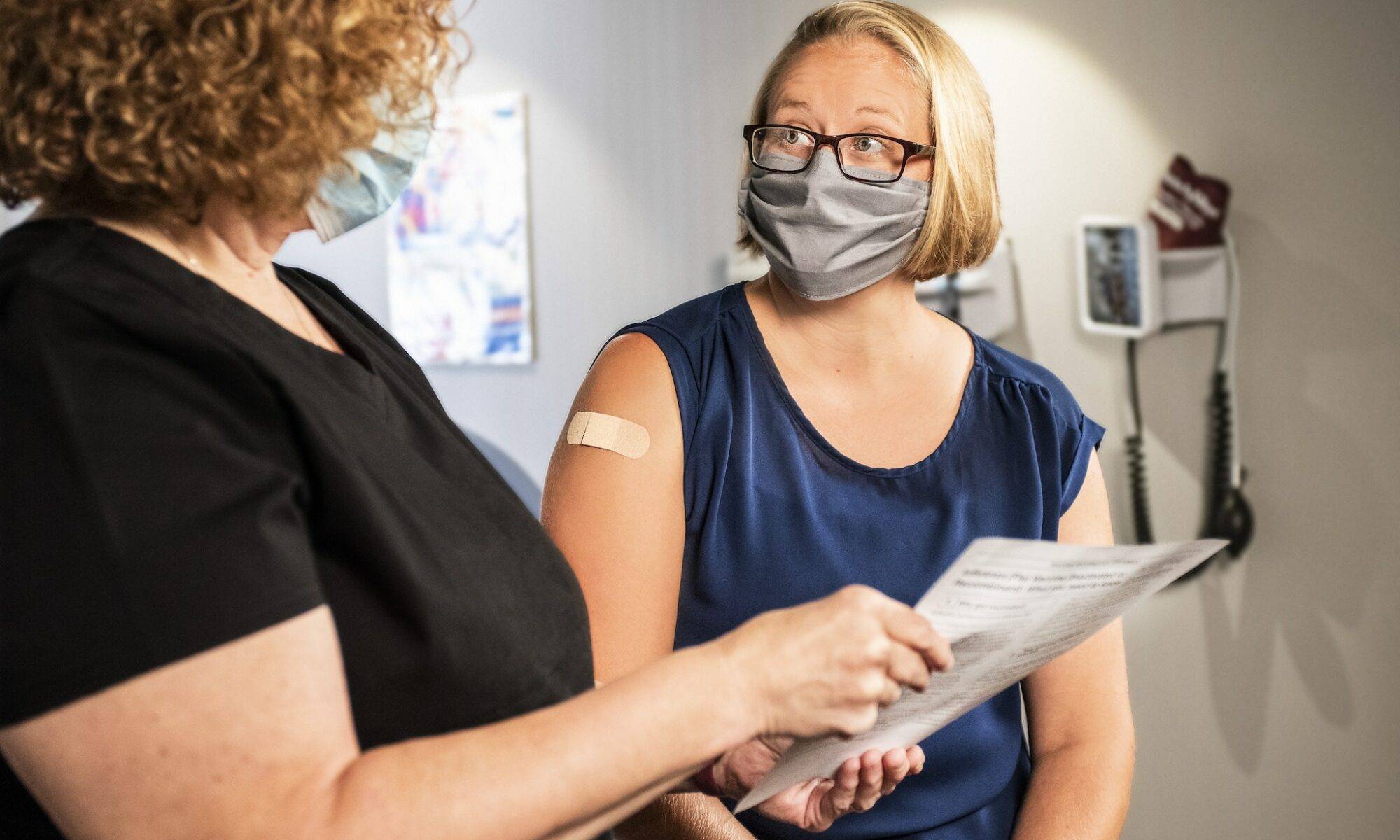In our anthropogenic age, the Anthopocene, an undeniable truth has presented itself – Climate change is not just the elephant in the room; it is the room itself. It has made a sweeping entrance on the global stage, impacting every facet of human existence, like a thunderclap in a silent library. As we tend to focus on environmental degradation, let’s shift the spotlight to an equally compelling narrative: the intertwined dance of climate change and healthcare.
The health of Mother Earth directly mirrors the health of its inhabitants. This synergy paints a vivid portrait of challenges that echo across borders, radiating an urgent call to arms. We invite you on a journey to examine this complex, interwoven tapestry, to appreciate its intricacies and contemplate its broader implications.
The play is set, and the first act is understanding. Our protagonist, climate change, is a capricious entity – a swirling, multifaceted storm of fluctuating temperatures and weather patterns. Fuelled by anthropogenic avarice in the form of fossil fuel combustion, deforestation, and unchecked industrial activities, these processes spew heat-trapping greenhouse gases into Earth’s vulnerable atmosphere. The stage is thus warmed for the catastrophe we call global warming.
To gain a deep understanding of the link between climate change and healthcare, we must embark on a cognitive journey. Climate change is a bitter cocktail of natural processes and human-induced factors. Eruptions from Mother Nature’s fiery veins, the oscillating intensity of solar radiation, and Earth’s cosmic ballet are the natural ingredients. Human activities, however, serve the intoxicating punch.
Let’s pivot our gaze towards the healthcare sector, staggering under the weight of climate change’s far-reaching impacts. Picture a hospital ward, its patients grappling with intensified disease prevalence, assailed by extreme weather events, and choking on the poisoned air. It’s a grim, daunting tableau.
Envision the rise in patients suffering from diseases like malaria, dengue fever, Lyme disease, and Zika virus – A macabre manifestation of climate change’s meddling with temperature and precipitation. As Earth’s thermostat cranks up, so do the favorable conditions for disease spread, setting up the scene for Act II: extreme weather events.
Picture hurricanes with monstrous faces, heatwaves that sizzle, floods that destroy, and droughts that parch. These climatic tantrums directly batter public health, leaving trails of injuries, death, and displacement. They also introduce a subplot of disrupted healthcare infrastructure, forming a formidable barrier to timely medical aid.
Amidst these trials, an insidious villain lurks in the background, with a cape of air pollution. It toys with respiratory health, escalating the levels of health-destroying pollutants like particulate matter, ozone, and nitrogen dioxide. Breathing thus becomes a gamble, with asthma and chronic obstructive pulmonary disease (COPD) waiting in the wings.
Climate change’s indiscriminate onslaught nonetheless singles out the most vulnerable – those with the least agency but with the highest stakes. Low-income communities, their access to healthcare veiled by poverty, the elderly and children, physically fragile, and developing countries, whose limited resources further complicate the struggle. These characters play the tragic roles in this climate narrative, their plight emphasizing the urgency of targeted interventions.
The drama unfolds, and the stage is now set with the healthcare sector’s role in this climate play. Despite being a savior for many, the sector is not without its vices. Picture hospitals consuming vast amounts of energy, adding to the narrative’s tension with their contribution to greenhouse gas emissions. The transportation of patients and medical supplies, the hum of medical equipment, the warmth of heating and the coolness of air conditioning systems all add to this carbon footprint.
As the final act approaches, we realize mitigation and adaptation are the scriptwriters, and our heroes. They write a story of renewable energy in healthcare facilities, sustainable practices, and the construction of climate-resilient infrastructure. They create a world where the healthcare sector is not just an observer, but an active player combating climate change.
But heroes need allies, and healthcare professionals are just that. Advocates, educators, and disaster preparedness strategists, they don the capes of sustainability, driving change and reinforcing resilience in a warming world.
The plot is intricate, and the cast is global. From the Paris Agreement to the Sustainable Development Goals (SDGs), international treaties and targets hold the script together. They draw the characters into a common narrative, emphasizing integrated approaches and collective action.
The spotlight finally falls on the ethical considerations, the understated yet poignant theme of this drama. The necessity of equitable healthcare access, the protection of vulnerable groups, and the ethical obligation to prioritize the well-being of current and future generations forms the moral framework of our story.
The drama of climate change and healthcare may seem filled with despair, but every cloud has a silver lining. Our story ends on a hopeful note, echoing the belief that these challenges also serve as opportunities for innovation, collaboration, and sustainable development.
Indeed, the intersection of climate change and healthcare is a saga that reverberates with implications for everyone. Understanding these impacts and vulnerabilities and acting on this knowledge is a pivotal plot point in our narrative. With every sustainable practice adopted, every policy change advocated for, and every step taken in public health preparedness, we inch closer to a healthier, more sustainable world.
As we exit the theater of climate change and healthcare, let’s reflect on this narrative. It’s a complex, multifaceted plot – not unlike our world. It’s a reminder of the collective role we play in this story. It’s a call to action, a plea for us to become the scriptwriters of our future. Let’s take up the pen and write a sequel – one of resilience, sustainability, and a healthier world.


